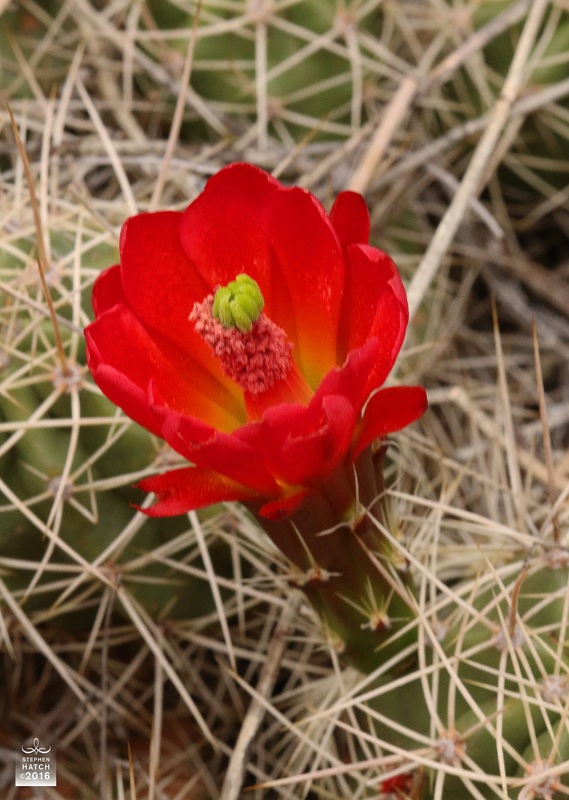True Beauty Lies Beyond the Confines of Prudish Academic Theory and Superficial Pop Culture5/14/2016 In perhaps no arena of life is our current society's mindset so culturally schizoid than in its treatment of beauty, especially human beauty. On the one hand, we have somewhat prudish academic types telling us that the love of human beauty is inherently objectifying and sexist. In so doing, they seem to remain willingly ignorant of the fact that no romantic couplings would occur - nor any human offspring ever be conceived - if it were not for our love of beauty. On the other hand, we have a pop culture that bombards us with continual images of a standard of beauty which is so narrow that very few people can attain it. This sort of portrayal links beauty to nothing deeper or vaster, treating it simply as a surface ornament with no underlying meaning. The Platonistic tradition of Western philosophy holds that beauty is a core value lying at the very heart of reality. Here, beauty is the means by which the being, or soul, of each and every thing is able to manifest itself. Thus, for example, archetypal psychologist and philosopher James Hillman can say: "Beauty is the revelation to the senses of the essential interiority of a thing. Visible form is a show of soul." Similarly, the philosopher Plotinus says that "Abandoned of Beauty, Being loses something of its essence. Being is desirable because it is identical with Beauty." In "The Soul of Beauty," Jungian analyst Ronald Schenk reminds us that: "In modern consciousness, beauty is associated with outer attributes and ornamentation. But for the Greeks, beauty is the ground of being. The beautiful is related to the Good [Plato's word for the Divine], but distinguishable in that unlike the Good, the beautiful 'can be laid hold of' by the senses. Plato asserts that 'the Good has taken refuge in the beautiful.' In housing the Good, the beautiful, through its own light and radiance, disposes the soul toward it. Through the soul's search for the Good, the beautiful reveals itself. The Good is the goal toward which beauty leads." In practical terms, we might say that it is often our attraction to the physical beauty of a person that causes us to want to know and commune with the depths of the personality underlying that beauty. True personality is rooted in a person's soul, which in turn finds itself rooted in the Divine - the Good - at its deepest core. In my photo-reflections posted here on Facebook, I operate from this very principle. Accordingly, every landscape feature reveals some deeper aspect of the spiritual reality out of which it emerges. Here, for example, a meditative mindset watches in utter amazement as the spaciousness of awareness - what we often call "God" or "The Creator" - suddenly manifests stunning forms-and-colors, like echoes appearing as though out of nowhere. In other words, the Divine Source on the one hand, and the beauties of sacred form-and-color on the other, ALWAYS appear together. But this kind of "vertical union" is just one type of spiritual reality. The other is a "horizontal union" though which the human soul and a beautiful landscape feature exchange qualities. Here, for example, a rock arch becomes conscious of itself and of its beauty and grandeur within human appreciation. On the other hand, the human perceiver becomes less ego-based in identifying with the billions of years of geologic history that are embodied within that arch. Whenever I gaze upon the beauty of an arch, I realize that it is OK to let the trials of life erode some of my own personal identity, for it thereby makes me - like the arch - more beautiful in the process. What would happen if we applied these same principles to our perception of human beauty? With a mindset arising from vertical union, rather than trying to possess a person we consider beautiful, we would instead watch in awe and wonder as their unique identity - body, soul, mind and emotions - emerges moment-by-moment like an echo of an unspoken love-word out of the spaciousness of awareness; i.e., out of God. And with regard to horizontal union, rather than feeling jealous in the presence of another person's beauty, we would realize that their appearance is actually a physical manifestation of some aspect of soul - both theirs and ours. This is precisely what the Cistercian monks of the Middle Ages did whenever they encountered an instance of beauty. Here for example, in a person's lovely sashaying walk, they - and we - could begin to see (manifested visibly in mirror form) our own often hidden ability to move back and forth between such contrasts as action-and-contemplation, transcendence-and-immanence, spirituality-and-earthiness, the-masculine-and-the-feminine, and sincerity-and-humor, integrating all of these opposites together through a kind of living dance rather than trying to bring them together (usually rather unconvincingly, I would add) through the static categories of the mind. I pray that we as individuals and as a society might learn on a regular basis to ground our experience of beauty in something deeper and vaster, and thus learn to live more divinely fulfilling lives. Photos: various scenes near Moab, UT. The flowers are Desert Paintbrush, Cliffrose and Claret-Cup Cactus. April 23-25, 2016 For Spiritual Direction or Workshops, please visit: http://www.resourcesforspiritualgrowth.com/
1 Comment
11/27/2016 05:49:05 am
Why would anyone want to shave their pubic hair? People have their own reasons for shaving their genital area. Because the matter is of a personal nature their reasons stay private because it is not an everyday topic talked about like the weather.
Reply
Leave a Reply. |
AuthorStephen Hatch, M.A. is a spiritual teacher and photographer from Fort Collins, Colorado. His approach is contemplative, inter-spiritual, and Earth-based. Archives
June 2016
Categories |




 RSS Feed
RSS Feed
